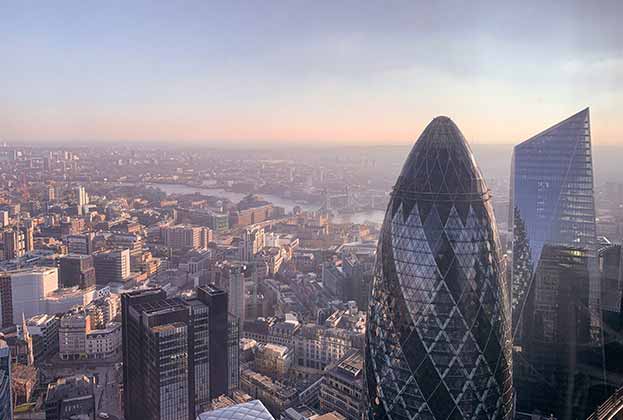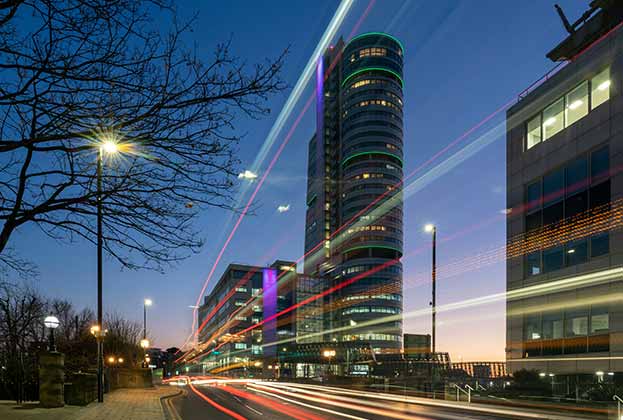Sustainability and all things associated with it are here to stay. We all know and understand that, but once we delve into the detail, things can become confusing and complex. We must believe that investors, developers and occupiers are trying to ‘do the right thing,’ but the world of carbon, energy, and economic impact has become nuanced. What is the difference between ‘net zero’ and ‘carbon neutral,’ or NABERS and BREEAM? This is what the pilot scheme of the UK Net Zero Carbon Buildings Standard (NZCBS) aims to clarify: to become the badge to cover all badges.
In November 2020, NABERS was launched in the UK. For advisors, this marked a pivotal moment, providing a clear standard to assess office buildings’ energy performance. NABERS has quickly become the preferred standard for this purpose. However, it is just one of many certifications available, albeit a significant one. The NZCBS aims to integrate carbon and energy into one comprehensive standard.
-impact-the-office-sector.jpg)

.jpg)







